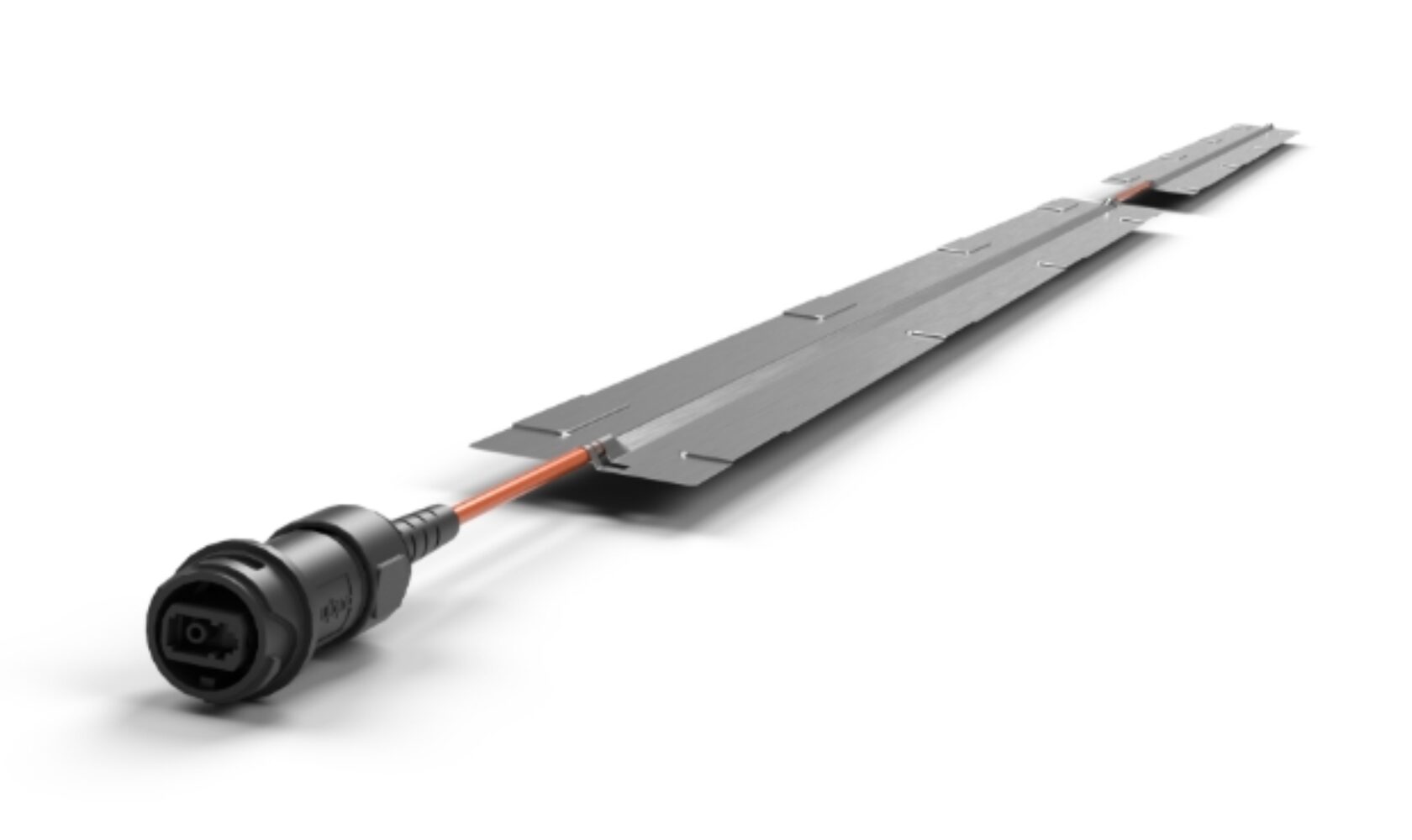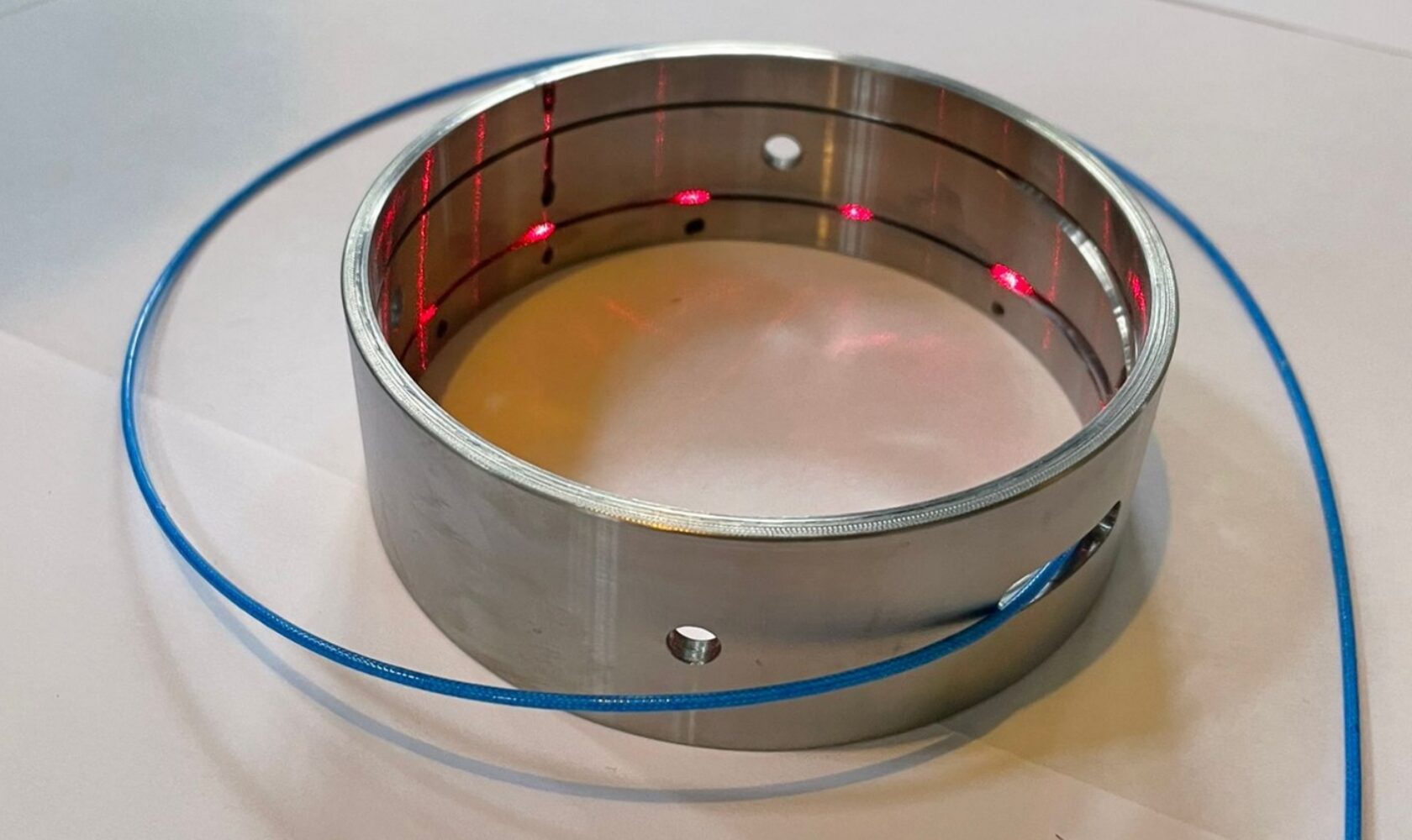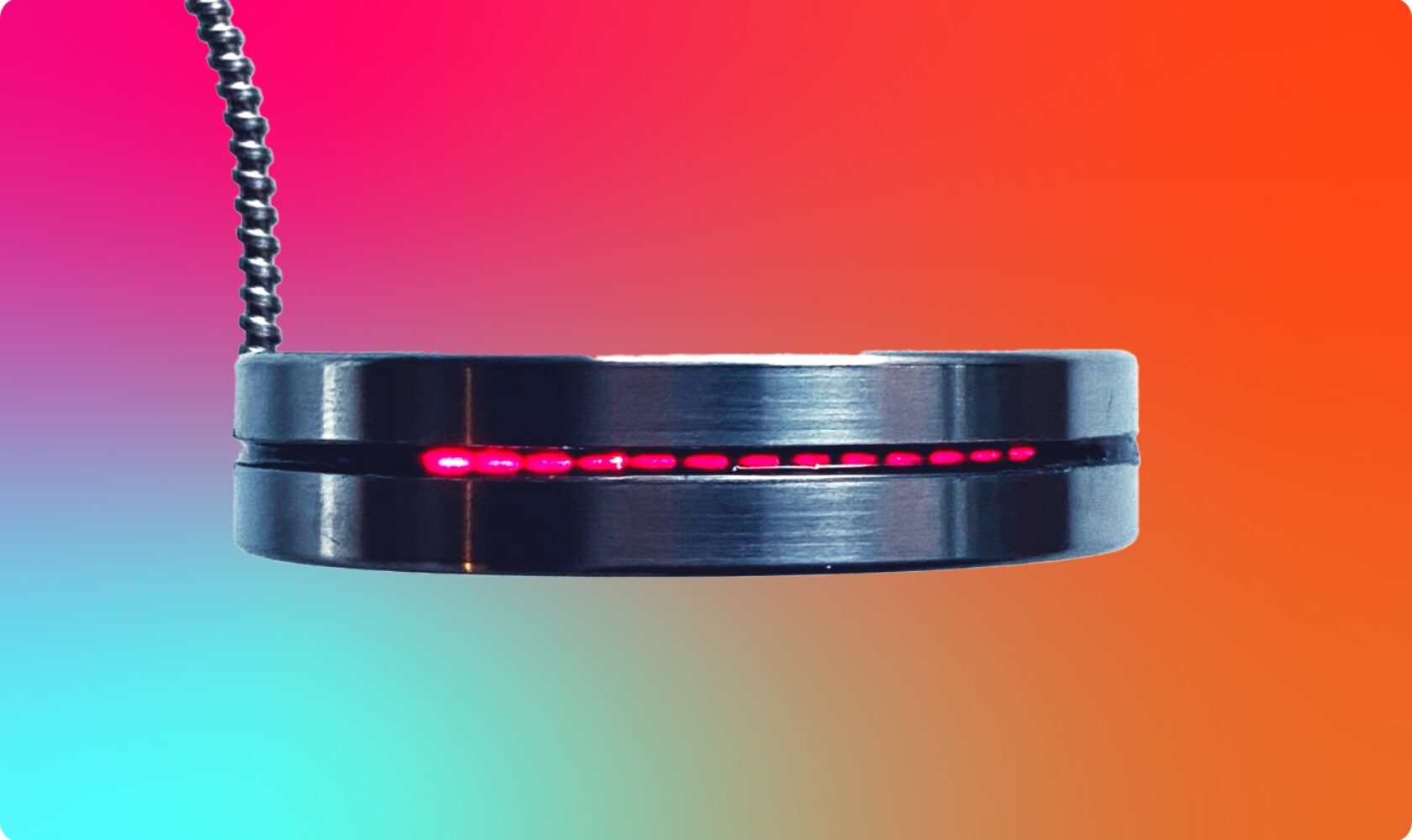
Fiber optical sensing – designed for harsh environments
Sensing360 makes use of optical monitoring systems including interrogator and analysis software. Our sensing platform is based on Fiber Bragg Grating (FBG) technology and can improve efficiency, enhance performance, productivity and safety for rotating equipment. These optical systems allow for high sensor density, resolution and sample rate and any environmental challenge can be tackled; low or high temperature, liquids, electrical or magnetic fields and remote locations. These features combined will provide you with insights and optimization solutions you never seen before. Take the opportunity to optimize your application.
Fiber Bragg Grating (FBG) Technology
Sensing360 uses optical fiber sensing to monitor critical equipment in even the most challenging environments. But how does it work?
The Science Behind It
Inside the optical fiber, we integrate Fiber Bragg Gratings (FBGs)—tiny, periodic patterns that modify the way light travels through the fiber. These patterns act as ultra-sensitive sensors.

Detecting Changes with Light
Sensing360 uses optical fiber sensing to monitor critical equipment in even the most challenging environments. But how does it work?
The Science Behind It
Inside the optical fiber, we integrate Fiber Bragg Gratings (FBGs)—tiny, periodic patterns that modify the way light travels through the fiber. These patterns act as ultra-sensitive sensors.

High Precision: Measures even the smallest variations in strain and temperature.
No Electronics Needed: Works in extreme environments where traditional sensors fail.
Durable & Reliable: No signal loss, interference, or wear over time.
Sensing360 products with unique sensing
Our partners
Got any questions? Get in touch with Eric.
Eric van Genuchten
Operation Officer







